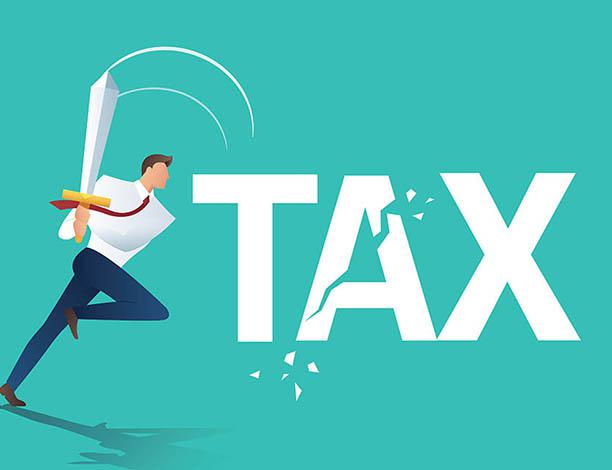

Rebate. A relief for taxpayers istock santima.studio
A closer look at rebate under Section 87A
Available up to a total income of ₹12 lakh, the rebate is essentially on the tax liability of up to ₹60,000 in absolute terms
explainer
With Budget 2025 delivering a banger in the personal income tax space by increasing the rebate, resulting in no tax liability up to a total income of ₹12 lakh, the spotlight now is on the word rebate.
What is a rebate under the Income Tax Act? Is it different from exemptions and deductions?
We will zoom out a little and start with the process of income computation, which involves two stages. First, determining the gross total income (GTI), which includes computing income from various sources such as house property, capital gains, interest, and business and profession, among others. Second, determining the total income (TI), which is derived by subtracting certain allowable expenditures and investments from the GTI. It is on this total income that tax is levied.
And it doesn’t end there. Tax is simply based on the slab rates, which you would have memorised by now. A surcharge (if applicable) is levied on the tax computed earlier. Health and Education Cess (HEC) at 4 per cent is then levied on the sum of tax and surcharge. The total tax liability is the sum of tax, surcharge, and HEC.
Now, let’s see where exemptions, deductions, and rebates enter the fray. An exemption is one that is adjusted right at the stage of computing GTI (before Stage 1). Examples here are house rent allowance and agricultural income, which are exempted right at the source, so to say.
A deduction, on the other hand, is in the form of investment or expenditure made, which gets deducted against the GTI to arrive at the total income. Examples here are Sections 80C and 80D deductions, along with others, which are largely tax-saving investments or expenditures incurred during the financial year.
A rebate is, however, a discount applied directly to the final tax payable (before cess) and not an adjustment or deduction.
What is the rebate under Section 87A? What changes were made to it in Budget 2025?
As per the present proposed Finance Bill 2025, the rebate under Section 87A is available up to a total income of ₹12 lakh, which essentially is a rebate on the tax liability of up to ₹60,000 in absolute terms, according to the new slabs and respective tax rates. Meaning, though according to the slab rates, the tax payable comes to ₹60,000 (or lower) for a total income of ₹12,00,000 (or lower), the rebate could be availed, bringing the tax liability to zero.
Earlier, the rebate was available only up to a total income of ₹7 lakh under the new tax regime and ₹5 lakh under the old tax regime.
Which incomes are not included in Section 87A and why?
Budget 2025 proposes to include only income that is not taxed at special rates. Capital gains and income from lotteries are examples of income that will not be considered in the income computation for Section 87A.
Does a taxpayer with income below ₹12 lakh have to file IT returns?
Yes, a tax return needs to be filed even if the income is below ₹12 lakh. Taxpayers are exempt from filing returns only if the basic exemption limit is not breached. This limit is ₹2.5 lakh for ordinary citizens (below 60 years of age), ₹3 lakh for senior citizens (ages 60 to 79), ₹5 lakh for super senior citizens (80 years or older) under the old tax regime, and ₹4 lakh for all individuals under the new tax regime. There are also other criteria, which, if met, require a return to be filed even if the total income does not exceed the basic exemption limit, such as: current account deposits with banking institutions exceeding ₹1 crore; electricity bill of more than ₹1 lakh; and expenditure on foreign travels exceeding ₹2 lakh.